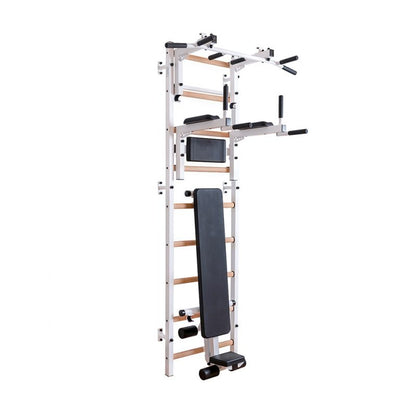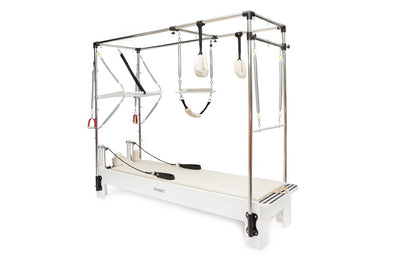
5 Effective Strategies to Diminish Lactic Acid and Speed Up Recovery Post-Pilates
Engaging in a rigorous Pilates session is fulfilling, but the subsequent muscle soreness from lactic acid build-up can be uncomfortable. Lactic acid forms during intense workouts when oxygen levels in the muscles dip. While it's a natural part of the exercise, too much can lead to muscle fatigue and soreness. Here are five proven methods to reduce lactic acid and promote quicker recovery after your Pilates workouts.
1. Gradual Cool Down
Just as warming up prepares your body for a workout, cooling down helps to gradually bring it back to its resting state.
Benefits:
- Aids in reducing the heart rate steadily.
- Helps circulate blood efficiently, flushing out lactic acid.
How to:
- Dedicate 5-10 minutes post-workout for gentle stretches.
- Engage in deep breathing exercises to oxygenate your muscles.
2. Hydration
Water plays an essential role in aiding muscle recovery.
Benefits:
- Helps in flushing out toxins, including lactic acid, from the muscles.
- Replenishes lost fluids from sweating, ensuring muscle elasticity.
How to:
- Drink at least 8-10 glasses of water daily.
- Consider including electrolyte-infused beverages post-workout.
3. Massage
Therapeutic massages can be a boon for post-workout recovery.
Benefits:
- Increases circulation, helping to eliminate lactic acid.
- Alleviates muscle tension and soreness.
How to:
- Opt for a professional massage focusing on the muscles worked during Pilates.
- Use a foam roller for self-massage, targeting sore areas.
4. Epsom Salt Bath
Magnesium-rich Epsom salts are renowned for their muscle-relaxing properties.
Benefits:
- Facilitates the breakdown of lactic acid.
- Provides relief from muscle cramps and stiffness.
How to:
- Add 1-2 cups of Epsom salts to a warm bath.
- Soak for 15-20 minutes, ensuring the water covers the worked muscles.
5. Proper Nutrition
Diet plays a pivotal role in muscle recovery and lactic acid reduction.
Benefits:
- Nutrients aid in muscle repair and regeneration.
- Carbohydrates replenish glycogen stores, while protein aids in muscle recovery.
How to:
- Consume a balanced meal within an hour post-workout, ensuring a mix of proteins and carbohydrates.
- Incorporate antioxidant-rich foods, such as berries and nuts, to combat oxidative stress.
Enhancing Your Pilates Experience
While the formation of lactic acid is a natural process, managing its effects can significantly enhance your Pilates experience. By implementing these strategies, you not only reduce discomfort but also ensure that your muscles are ready for your next session, optimizing the benefits of Pilates for your body.
Conclusion
Pilates is a transformative workout, sculpting and strengthening the body. However, like all exercises, it's crucial to prioritize recovery to ensure consistent progress. By reducing lactic acid and promoting efficient muscle recovery, you pave the way for more effective workouts and a healthier, more resilient physique. Remember, the balance between exertion and recovery is where true fitness progress lies.
« Back to Pilates Blog





